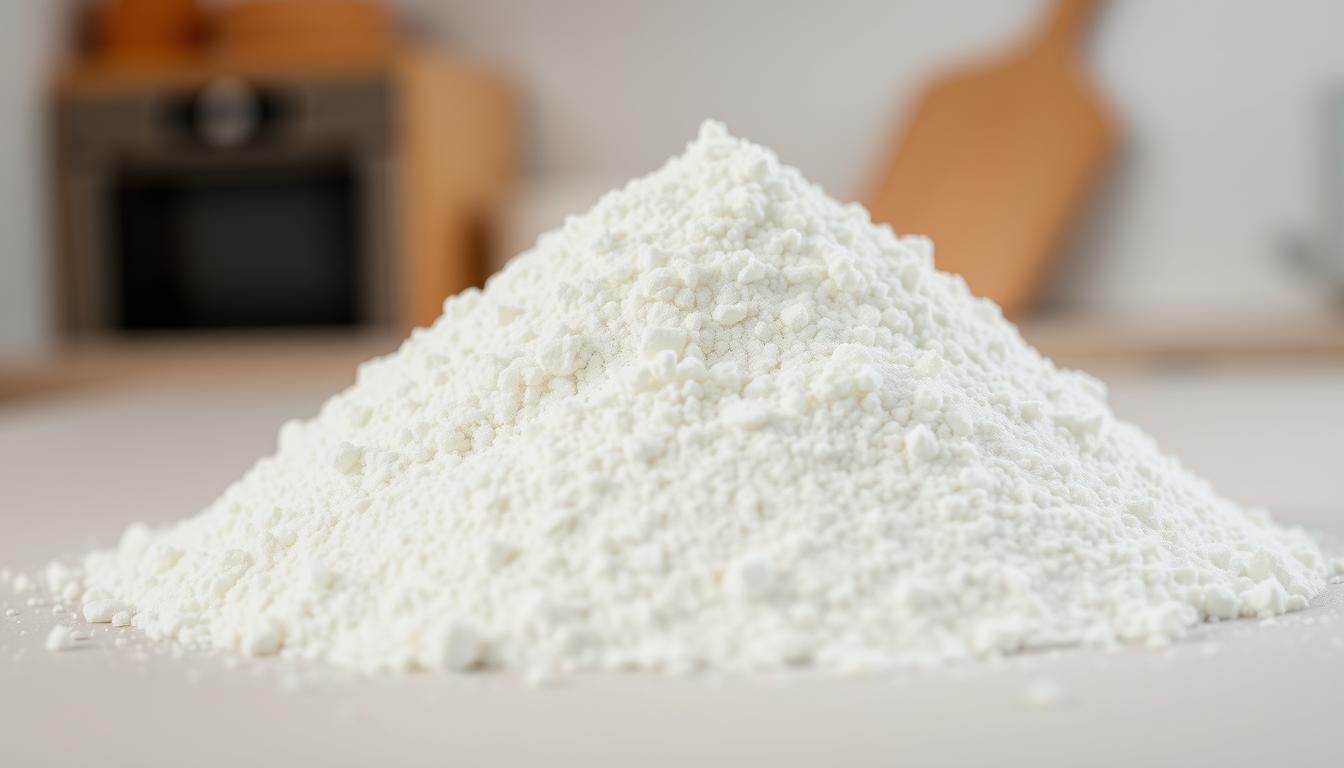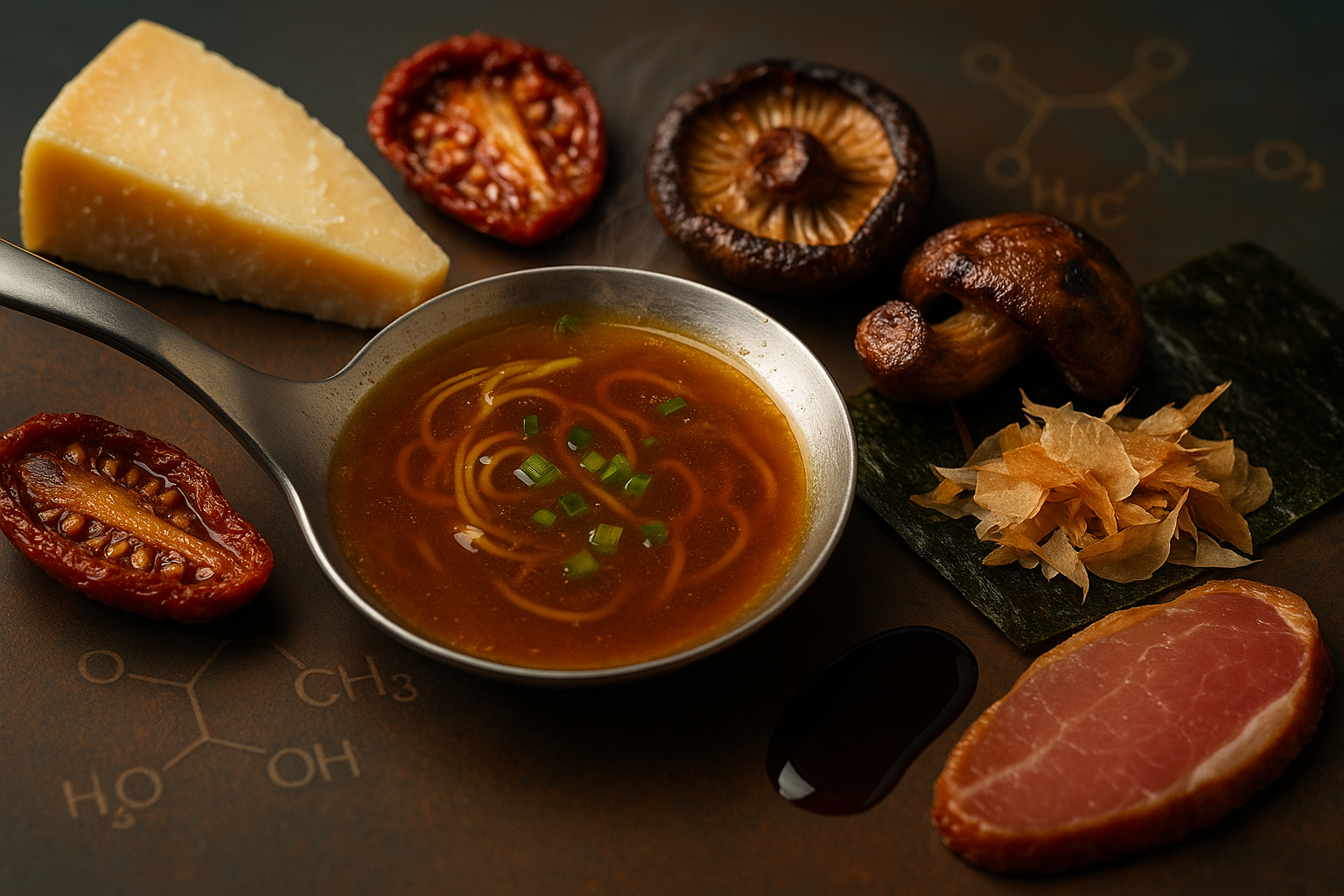Trending searches
Trending searches

Hydrocolloid: Xanthan Gum
SUBSCRIBE TO OUR BLOG
Promotions, new products, and recipes.
Xanthan Gum: The Microbial Polysaccharide Revolutionizing Modern Gastronomy
Xanthan Gum, a polysaccharide secreted by the bacterium Xanthomonas campestris, has become a staple in both the food and non-food industries due to its exceptional thickening, stabilizing, and emulsifying properties. But what's the scientific foundation behind this hydrocolloid's behavior, and how has it been seamlessly integrated into contemporary cuisine?
Historical Context
The discovery of Xanthan Gum dates back to the 1960s when researchers were exploring the potential of microbial polysaccharides. It was subsequently commercialized and has since become a favored ingredient in various applications1.
The Molecular Science of Xanthan Gum
Xanthan Gum is a high molecular weight polysaccharide, comprising repeating units of glucose, mannose, and glucuronic acid2. Its unique helical structure and ability to form a weak gel in aqueous solutions make it a versatile thickening agent.
Production and Refinement
Xanthan Gum is produced through fermentation using Xanthomonas campestris. After fermentation, the broth is pasteurized and then precipitated using isopropanol to yield the gum. It then undergoes drying and milling processes to produce a fine powder3.
A Multifaceted Ingredient
Xanthan Gum's versatility is evident in its wide range of applications:
-
Food Industry: Used as a thickener, stabilizer, and emulsifier in various food products4.
-
Cosmetics: Employed for its rheological properties in formulations5.
-
Pharmaceuticals: Incorporated as a binder and suspending agent in drug formulations6.
Xanthan Gum in Culinary Creations - Proportions
Xanthan Gum's culinary proportions are dictated by its potent thickening capabilities:
-
Sauces and Dressings:
- Proportion: 0.1% to 0.5% of the total weight7.
- Purpose: Provides stability and a smooth texture.
-
Baked Goods:
- Proportion: 0.1% to 0.5% of the total weight8.
- Purpose: Improves moisture retention and extends shelf life.
-
Dairy Products (like Ice Cream):
- Proportion: 0.2% to 0.5% of the total weight9.
- Purpose: Prevents ice crystal formation and enhances mouthfeel.
-
Beverages:
- Proportion: 0.05% to 0.3% of the total weight10.
- Purpose: Provides a thicker, richer mouthfeel.
You Might Want to Try Xanthan Gum for Yourself
After reading this article you might want to try xanthan gum yourself. Pick up a packet of Cape Crystal Brands Xanth Gum below.
Conclusion
Xanthan Gum, with its unique molecular properties and wide-ranging applications, continues to be a valuable ingredient in modern gastronomy. Its role across various industries, especially in the culinary world, underscores its adaptability and importance. As the nexus between culinary arts and food science deepens, Xanthan Gum's prominence is set to grow.
For further reading:
Xanthan Gum in Recipes: Ultimate Guide
The Ultimate Guide for Using Xanthan Gum in Your Recipes
Xanthan Gum: Elevating Consistency and Mouthfeel in Culinary Delicacy
Xanthan Gum: Perfecting Consistency and Flavor – Cape Crystal Brands
References:
Footnotes
-
Garcia-Ochoa, F., et al. "Xanthan gum: production, recovery, and properties." Biotechnology Advances, 2000. ↩
-
BeMiller, J.N. "Carbohydrate Chemistry for Food Scientists." AACC International Press, 2019. ↩
-
Rosalam, S., & England, R. "Review of xanthan gum production from unmodified starches by Xanthomonas comprestris sp." Enzyme and Microbial Technology, 2006. ↩
-
Imeson, A. "Food Stabilisers, Thickeners and Gelling Agents." Wiley-Blackwell, 2009. ↩
-
Schramm, L.L. "Encyclopedia of Emulsion Technology." Marcel Dekker, 1983. ↩
-
Aulton, M.E., & Taylor, K.M.G. "Aulton's Pharmaceutics: The Design and Manufacture of Medicines." Elsevier Health Sciences, 2017. ↩
-
Davidson, R.L. "Handbook of Water-Soluble Gums and Resins." McGraw-Hill, 1980. ↩
-
Guarda, A., et al. "Different hydrocolloids as bread improvers and antistaling agents." Food Hydrocolloids, 2004. ↩
-
Goff, H.D., & Hill, A.R. "Ice Cream." Springer US, 1996. ↩
-
Ashurst, P.R. "Chemistry and Technology of Soft Drinks and Fruit Juices." Wiley-Blackwell, 2016


|
About the Author Ed is the founder of Cape Crystal Brands, editor of the Beginner’s Guide to Hydrocolloids, and a passionate advocate for making food science accessible to all. Discover premium ingredients, expert resources, and free formulation tools at capecrystalbrands.com/tools. — Ed |
Related Posts

Key Things to Know About Using Sodium Alginate in Food

Why the Demand for Xanthan Gum is Soaring: What that Means for Gluten-Free Bakers

The Science of Umami: The Fifth Taste That Changed How We Eat
Enjoyed this post? Subscribe to The Crystal Scoop
Food-science tips, ingredient know-how, and recipes. No spam—unsubscribe anytime.
- Choosing a selection results in a full page refresh.
POLICY PAGES
QUICK LINKS
Guar Gum
Cape Crystal Brands, 18 Bank St., Suite 1, Summit NJ 07901.
- Phone: +1 908-273-5600
- Email: info@capecrystalbrands.com
- Tax ID: 26-2477626000
- FDA Facility Registration # 16980627550
- Kosher Certified: OKosher.org
Country/region
© 2025, Cape Crystal Brands | Sitemap
